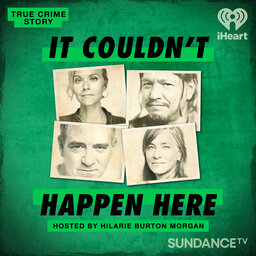Episode 8: The Trial
Hilarie, Po, Dan and Andrew discuss Brandon’s two-week trial as well as the evidence the prosecution presents as proof that Brandon killed his parents.
For more information about this and other cases we've covered, follow @ICHHstories on Instagram.
 True Crime Story: It Couldn't Happen Here
True Crime Story: It Couldn't Happen Here


